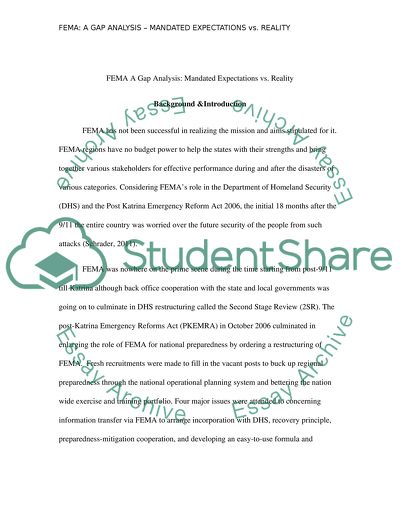Cite this document
(“FEMA. A Gap Analysis: Mandated Expectations vs. Reality Research Paper”, n.d.)
Retrieved de https://studentshare.org/marketing/1391872-fema-a-gap-analysis-mandated-expectations-vs-reality
Retrieved de https://studentshare.org/marketing/1391872-fema-a-gap-analysis-mandated-expectations-vs-reality
(FEMA. A Gap Analysis: Mandated Expectations Vs. Reality Research Paper)
https://studentshare.org/marketing/1391872-fema-a-gap-analysis-mandated-expectations-vs-reality.
https://studentshare.org/marketing/1391872-fema-a-gap-analysis-mandated-expectations-vs-reality.
“FEMA. A Gap Analysis: Mandated Expectations Vs. Reality Research Paper”, n.d. https://studentshare.org/marketing/1391872-fema-a-gap-analysis-mandated-expectations-vs-reality.


